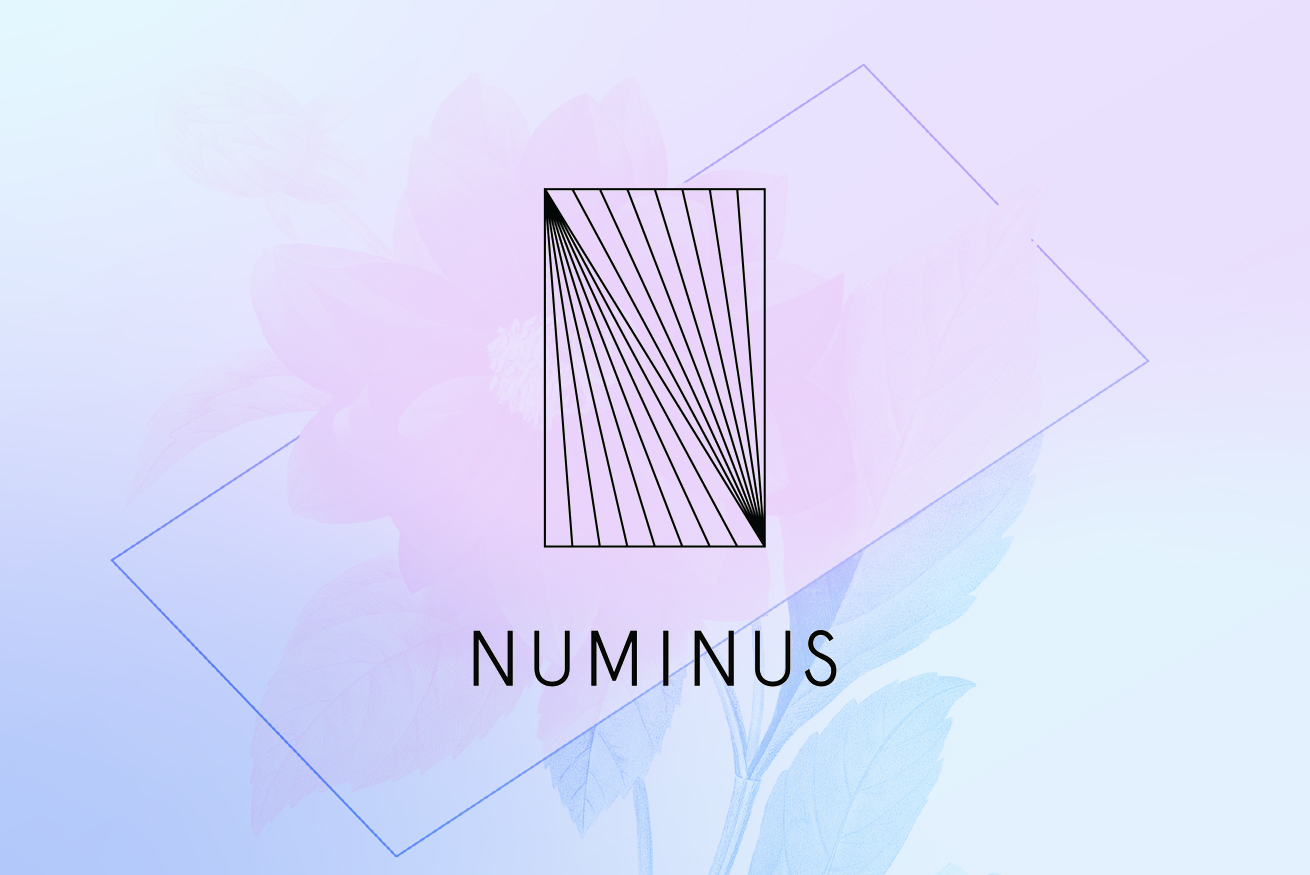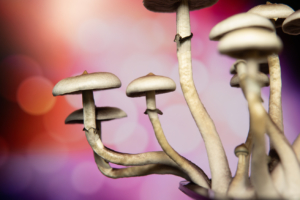
1) Why use psychedelics in palliative care? What benefits may come from taking psychedelics towards the end of your life?
It’s important to first be clear about how we’re defining palliative care. At Numinus, we have a broad definition, in which palliative care is provided to anyone diagnosed with a serious illness, from diagnosis to end-of-life care if needed. This includes providing emotional support and care to improve quality of life.
Psychedelics can play a key role in this care, at any stage of the disease. In the earlier stages, psychedelic-assisted therapy (PAT) may be able to help patients with shifting perspectives, emotional coping, adjusting to new circumstances, accepting change, and becoming open to new ways of learning and living. In later stages, PAT can also help one deal with the existential distress and anxiety that frequently come up in this period.
2) Could it be dangerous for old people, who may have lots of medical conditions —both known and unknown— to take psychedelics? Furthermore, could this experience ever be traumatizing for elderly patients? What is the protocol for when the experience doesn’t go as planned?
There’s a lot to unpack here, but at a high level, we can see that there is significant research to show that the potential benefits of psychedelic-assisted therapy outweigh potential risks, including for palliative patients.
From a medical safety perspective, there is research on the use of PAT for cancer patients going back as early as the 1950s-60s, specifically psilocybin– and LSD-assisted therapy, which showed that these treatments are generally quite safe. In our protocols, patients are closely monitored throughout their medicine sessions. The most common side effects are mild elevation of heart rate, blood pressure and occasional nausea. Patients should avoid taking certain medications when receiving PAT, specifically antidepressants and any others that affect serotonin receptors.
From an emotional trauma perspective, we should remember that the right preparation, treatment environment, and follow-up support are important to promote positive outcomes. This attention to mental and emotional preparation, along with the physical environment, is referred to as the “set and setting”. This preparation includes educating the patient to ensure they understand the effects of the medicine and can discuss any apprehension or concerns with their healthcare provider. The dosing session itself should involve providing the treatment in a safe and calming setting, with trained professionals available for support. Following the medication session, it is important to provide support for integration, in which the patient works with a therapist to process their experience and explore how it can promote meaningful changes in their daily lives. With these supports in place, even challenging experiences during sessions can be worked through, become meaningful, and create an overall beneficial experience.
Having the right support in place is key. In instances where the patient has an adverse experience – such as experiencing emotional distress during their session – a therapist or facilitator can help them work through the difficult emotion. In cases of severe distress, protocols are in place to use rescue medications to control adverse effects more quickly, though this has been rarely needed.
3) Is there any research showing the benefits and risks of using psychedelics in palliative care? What does the evidence show?
The research on psychedelic-assisted therapy for palliative care is significant. As mentioned, it traces back to the 1950s-60s, when many of the major PAT studies focused on cancer patients.
Psychedelic research in patients with serious illness has resumed in recent years, including two significant studies, one out of NYU and the other out of Johns Hopkins, that focused on the use of psilocybin-assisted therapy to treat anxiety and depression in patients with life-threatening cancer – both studies published results in 2016 showing substantial and sustained symptom reduction after treatment. These have since been reinforced by more recent research that has demonstrated similar outcomes.
4) Have you personally seen any transformations in palliative care patients? I would love to hear any stories you can share.
I’m fortunate to have observed impressive changes in the patients I’ve met. These include research participants in a study of group psilocybin-assisted therapy for cancer patients with depression, for which I served as the lead therapist. Some participants have reported profound changes in their emotional and mental state, including dramatic shifts in their perception of their illness. Some have also experienced significant relief of anxiety about death and dying. Many of these participants pointed to the group setting as a contributing factor in creating a more valuable and powerful experience. I’ve found these experiences very encouraging as we continue to study group therapy and other ways of structuring the treatment for better patient outcomes.
5) Walk me through what a psychedelic therapy session looks like in the context of palliative care. Is there a spiritual aspect to it?
Spiritual experiences are often reported in psychedelic use – as such, they can play a major part for palliative patients who may be seeking deeper spiritual meaning as they cope with their condition.
In the clinical setting, these are referred to as mystical-type experiences, and we are trying now to better understand them from a scientific perspective. This includes the use of a tool called the Mystical Experience Questionnaire (MEQ) which asks a patient about mystical-type experiences they might have experienced during their psychedelic session. Mystical experiences are non-ordinary states of consciousness that can include feelings of unity and transcendence and are often difficult to put into words. Results have shown that mystical experiences are linked to the benefits of psychedelics.
6) What is Numinus working on when it comes to psychedelics in palliative care?
At Numinus, we’re continuing to move the science on palliative care forward in a few areas. One is the continued study of psilocybin-assisted therapy for cancer patients with depression, where we see great potential, especially when the treatment is structured as group therapy. Beyond the “classic” psychedelics, we’re also focused on ketamine, both in research and therapy at our clinics, where we’re developing a palliative care program using ketamine-assisted therapy. We have a few more projects in the pipeline that we look forward to sharing soon.




![MindMed Added To The Russell 3000 and The MSCI Canada Index [Where Does MNMD/MMED Go From Here?]](https://psychedelicspotlight.com/wp-content/uploads/2022/06/maxresdefault-124-600x338.jpeg)
